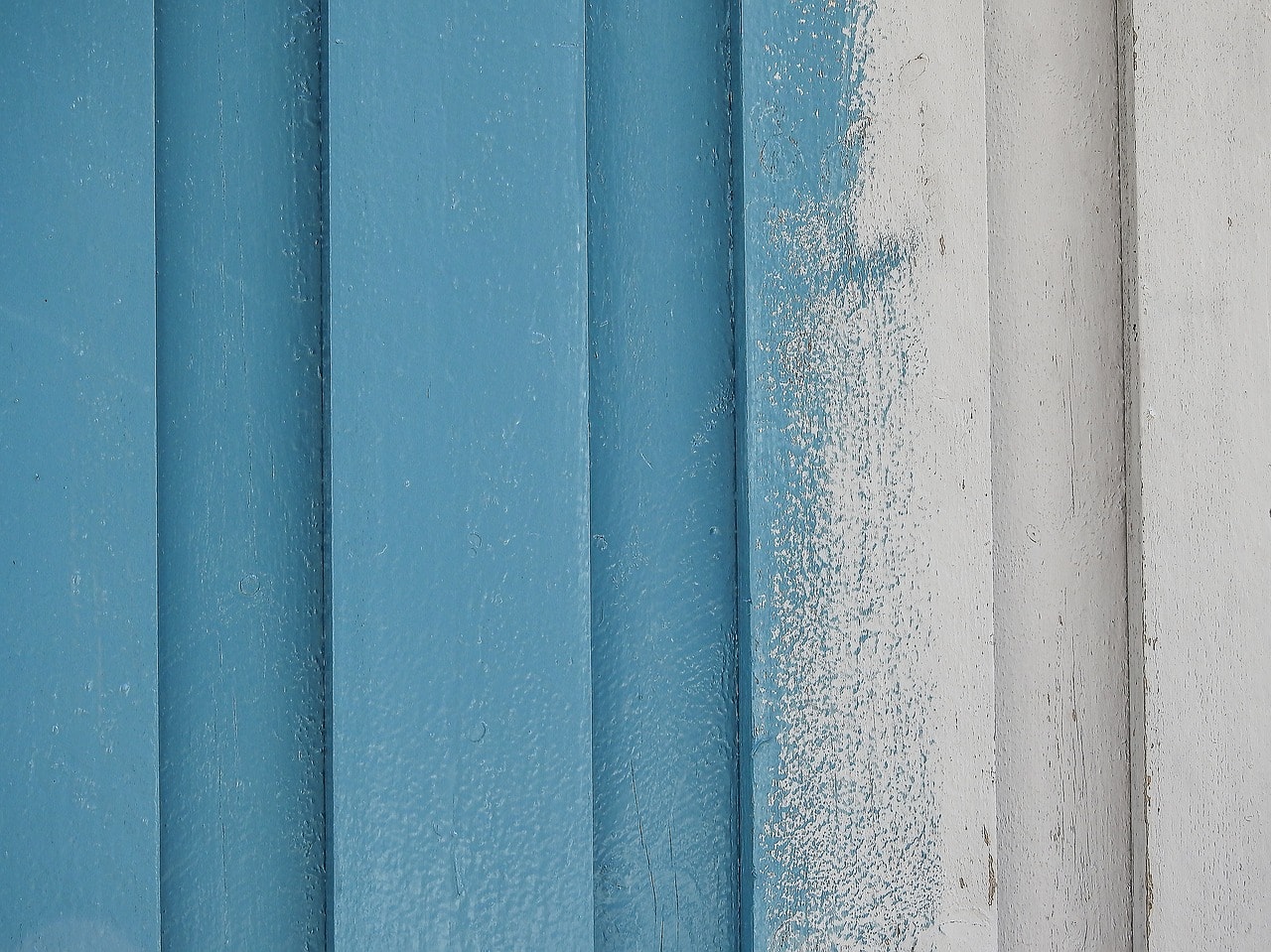
If you have a painting project on your to-do list, you should understand the basics of painting to ensure the job goes effortlessly. If you decide to hire a house painter, you should still know the basics to help you understand what is happening.
One of the most crucial questions to answer when doing an interior paint job is the number of coats required. The amount of paint you need to complete the project will be determined by the number of coats you apply. Many things come into play when it comes to the number of paint coats needed. That makes it a challenge to determine precisely how much paint you will need, but here are some strategies to consider:
Paint Color
Same color: Repainting your wall color is a simple way to freshen a room in your home. After accurately washing the surface, you’ll need only one coat of paint. Since you are only refreshing the color it won’t take a lot of work. Quick, easy, and cheap!
New color: The short answer to this question is you will need more than one coat. It depends on the original color being covered up and the new paint color you are using.
For example, painting a dark color over a lighter one will require two coats. Painting light over dark is an entirely different story: getting an even and smooth coloring could require close to six coats of paint. If you use a primer, this number is significantly reduced.
Paint quality is another vital factor. Cheap paint has lower-performing ingredients and won’t paint as well as high-quality color. You could buy expensive paint with fewer coats or more inexpensive paint with more coats.
A primer or base coat is a prep coating put on before painting. Priming guarantees better paint bonding to the surface. It also enhances paint durability, and offers additional protection for the painted material. If hiding the old color necessitates two paint coats, using a primer and one coat of top-quality paint makes more sense. Some will say otherwise, but primer sticks to old paint way better than new paint.
Painting
Before you start painting your walls, you’ll need to cut in around the corners or trim. This is done by putting a small amount of paint on the end of the brush and pressing it against the wall to form an angle, and slowly working toward the trim. Work your way around all the edges and corners.
Trick painters are familiar with using painting pads. They can help when cutting around the trim. These pads have small wheels that let you paint up to the edge of the frame without getting any paint on it. After cutting in around the trim, start painting the walls or ceiling. If using a roller, color in 3’x3′ sections—paint in long strokes, creating a zigzag pattern for a more even coating. Consider using a power roller to save time in a painting project. The color stays in a reservoir, removing the necessity for paint trays.
Now that you know the basics of painting your home. You can make a more informed decision if you want to DIY or hire a company. Painting a home takes a lot of time and tools. Both things a lot of homeowners don’t have. That’s why you hire a professional painting company to handle the project for you. If you are ready to tackle your project contact us today to schedule your free estimate. You can always read our reviews on Yelp and Google.








